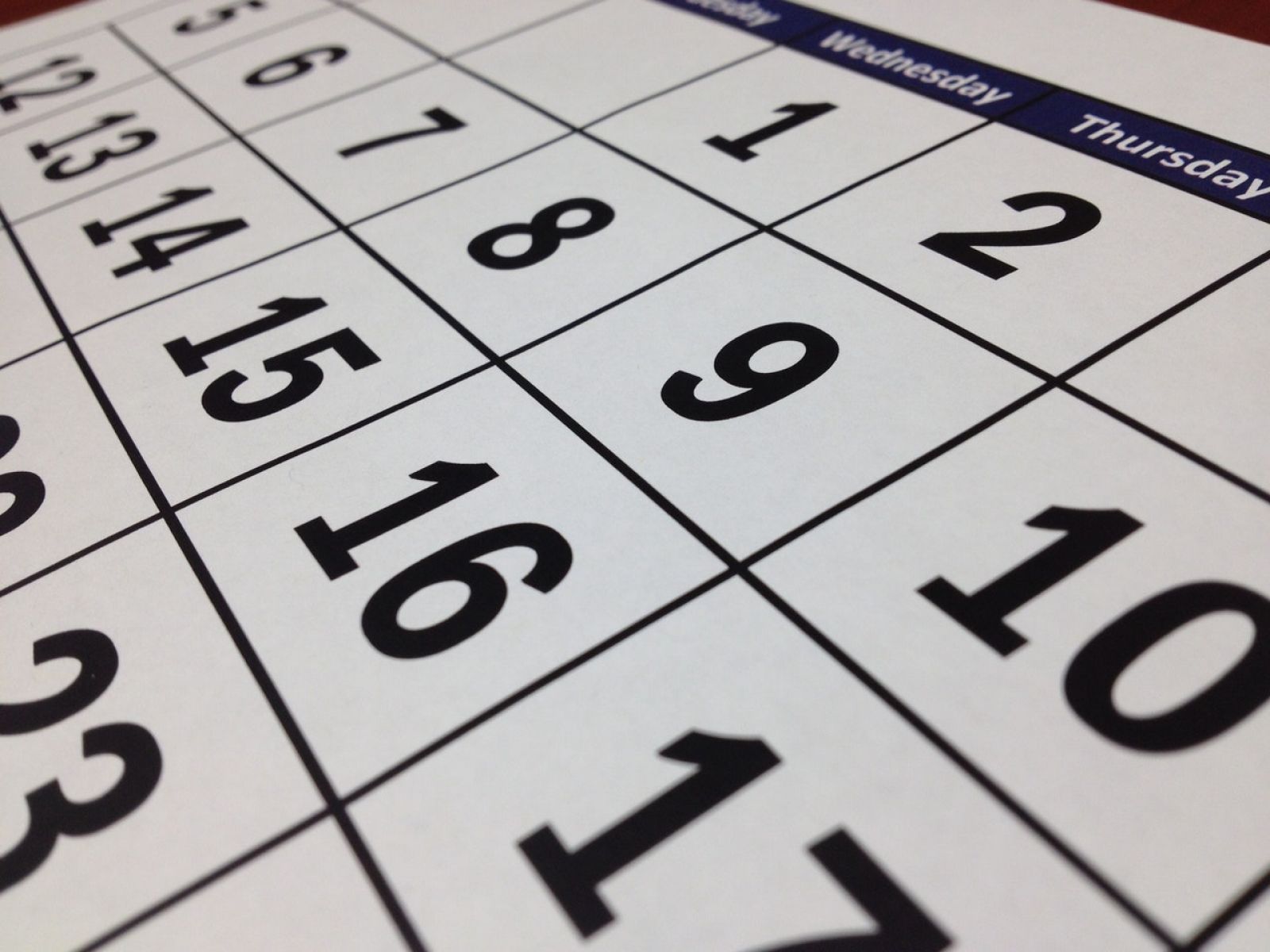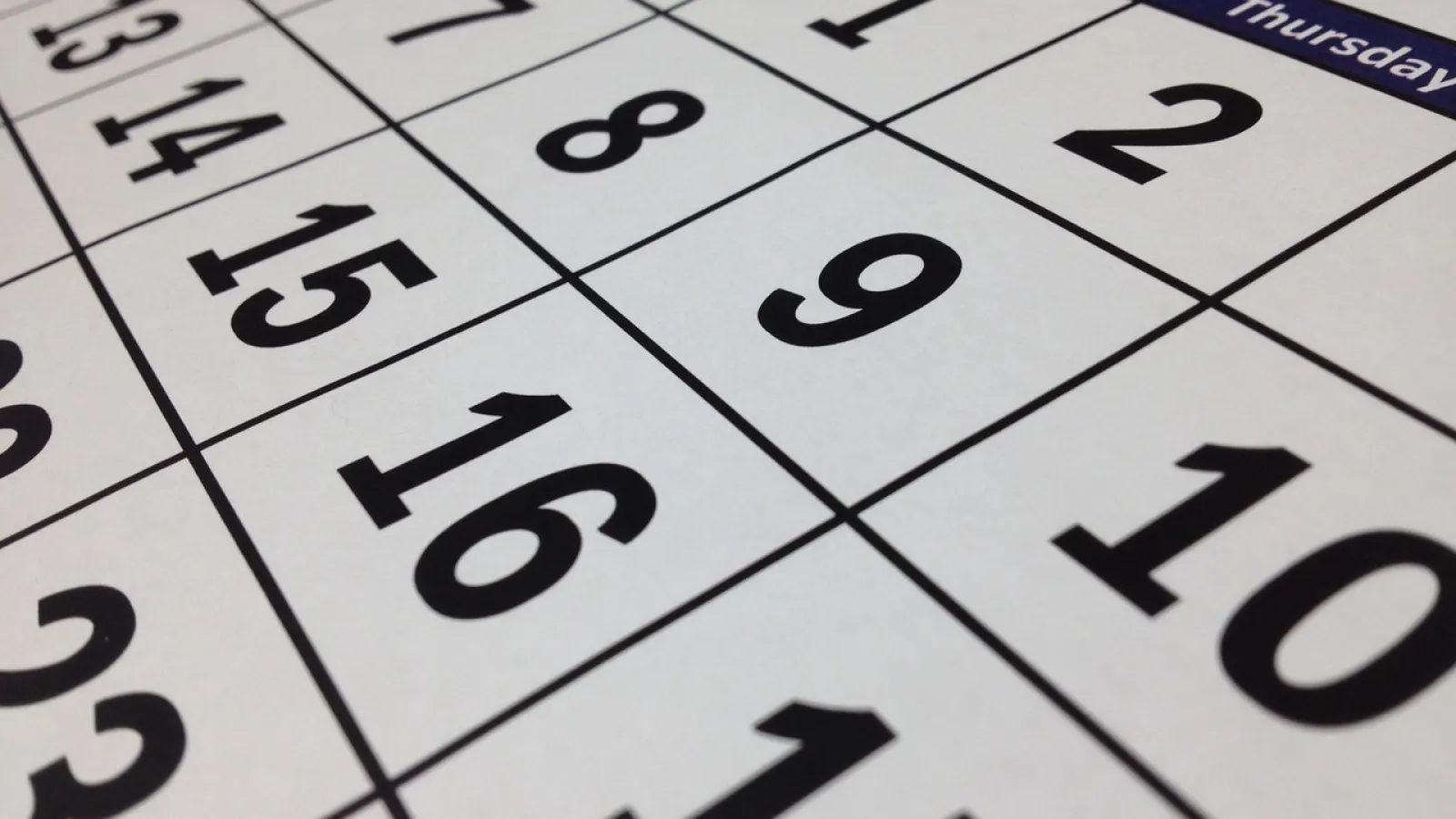So you finally identified and treated your termite problem. That's great! But it's only the first step. If you truly want your termites to be gone, and your problem to be over with, you need to retreat your yard and home. By retreating your yard and taking the necessary preventative steps to stop any recurring termite or bug problems, you will save yourself a lot of trouble, stress, and money in the future!
Each termite treatment has a different retreatment plan. Below you can find a description of each treatment and their retreatment plan.

Bait Systems
The first step to setting up a baiting system is placing monitoring stations in areas of suspected and frequently infested areas. Once termite activity is discovered and located, the bait stations are planted in the yard. These systems work by allowing termites to ingest the bait and share it with other termites in their colony.
Traditional Liquid Treatments
Liquid treatments usually consist of a mixture of water and chemicals that are treated throughout the yard and other termite infested areas. They act fast and are long lasting. You can use liquid treatments inside, outside, and on the foundation of the home to provide a complete barrier around the home, protecting from termites.
Termidor HPII
Termidor HPII is a revolutionary termite treatment that is making more traditional methods obsolete. Termidor HPII High Precision Injection System is a type of liquid treatment, but is amplified by the onboard digital computer, and advanced technology used to implement the treatment.
The Termidor treatment has been perfected down to an exact science. The vertical hydraulic treatment is injected from atop the surface of the soil at approximately 4000 psi and creates a uniform 12 inch treatment zone that is repeated throughout the entire yard. This is the least destructive, and most effective termite treatment in effect right now.
This treatment is only required once every 10 years, unless any termite activity is missed during treatment. In three months or less after treatment, you can expect 100% termite control through the non-repellent process that allows termites to pick up the termiticide and share it to their colony through the grooming process.
Post-Treatment Plans
All termite treatments should be monitored and inspected to ensure effectiveness.
· Termidor HPII only requires an inspection one time per year.
· Bait stations typically require inspections 1-4 times per year.
If at any point termite activity seems to come back, or worsen, please contact your pest control professionals to retreat your property immediately.
Luckily, structures treated with Termidor have less than a 2% retreat rate nationwide.
A traditional liquid termite treatment should last a couple years, so it is recommended to get most liquid treatments retreated in 5 years.
Baiting station treatments will need to be continually added as needed through the time that they are being installed and monitored. When using baiting stations you are running the risk of the termites finding and avoiding the baits, as well as missing an area of the yard that is not being baited.
The Termidor HPII treatment should last for 10 years. Though retreatment may be requested earlier, or suggested if activity is suspected.
This innovative and groundbreaking treatment has just come to Georgia, and Breda Pest Management is the only company offering the advantages of HPII for Georgia homes. For more information, or to schedule a service request a free consultation.



